Thick, luscious locks and a voluminous mane are pretty much the ultimate hair goals. But anyone with baby fine hair will tell you that most days, big hair can feel like an impossible dream. The average American loses up to 100 hairs a day, every day, and that number increases as we age. There are many factors that contribute to fine hair, thinning hair and hair loss. Hair is a non-essential tissue, meaning that the hair follicle is one of the last tissues in the body to receive nutrients from the body. Add to that, the fact that anything negatively impacting the body’s internal environment can wreak havoc on your hair, and what’s a thin-haired-girl to do?!
Building volume and a thick hair texture requires taking a few different steps — but fear not, fine-haired friends, your next good hair day is only a few changes away. We’re breaking down the causes of thinning hair, and giving you pro tips for achieving a thick, healthy head of hair. This is your step by step guide on how to make hair thicker.
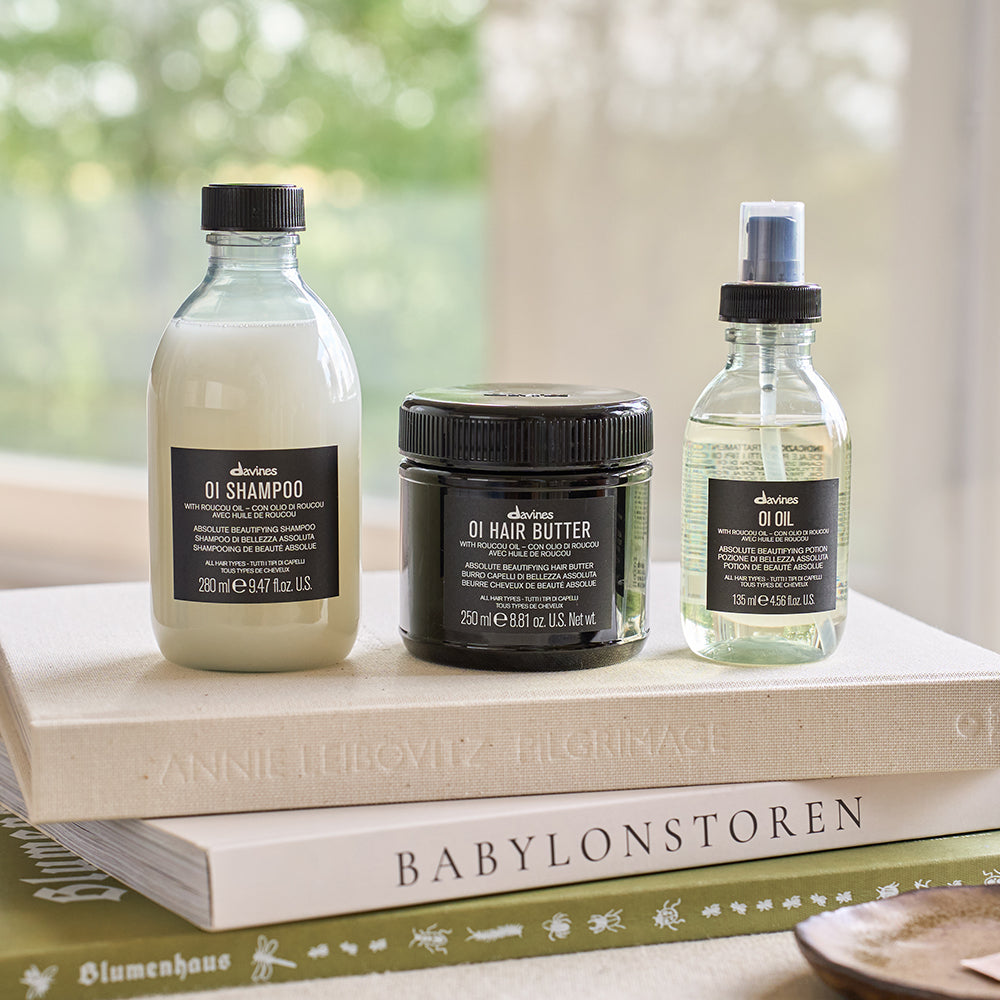
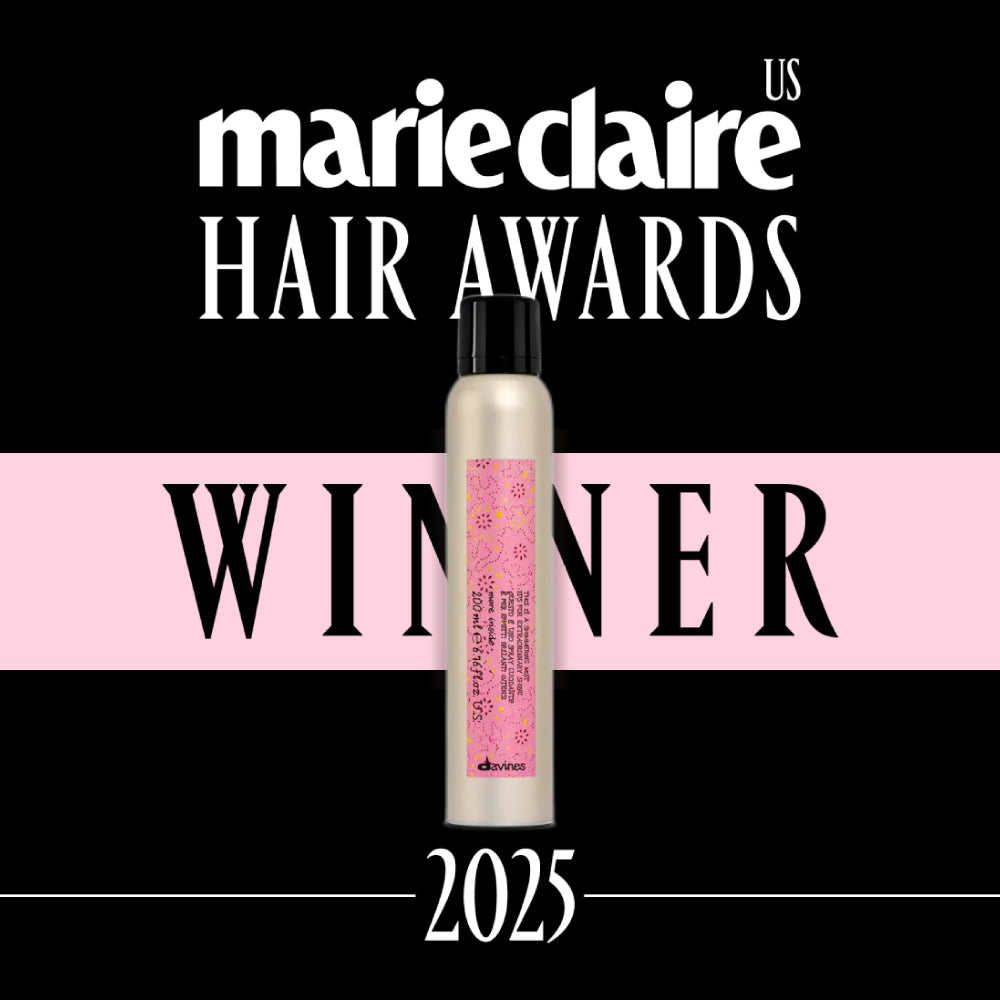
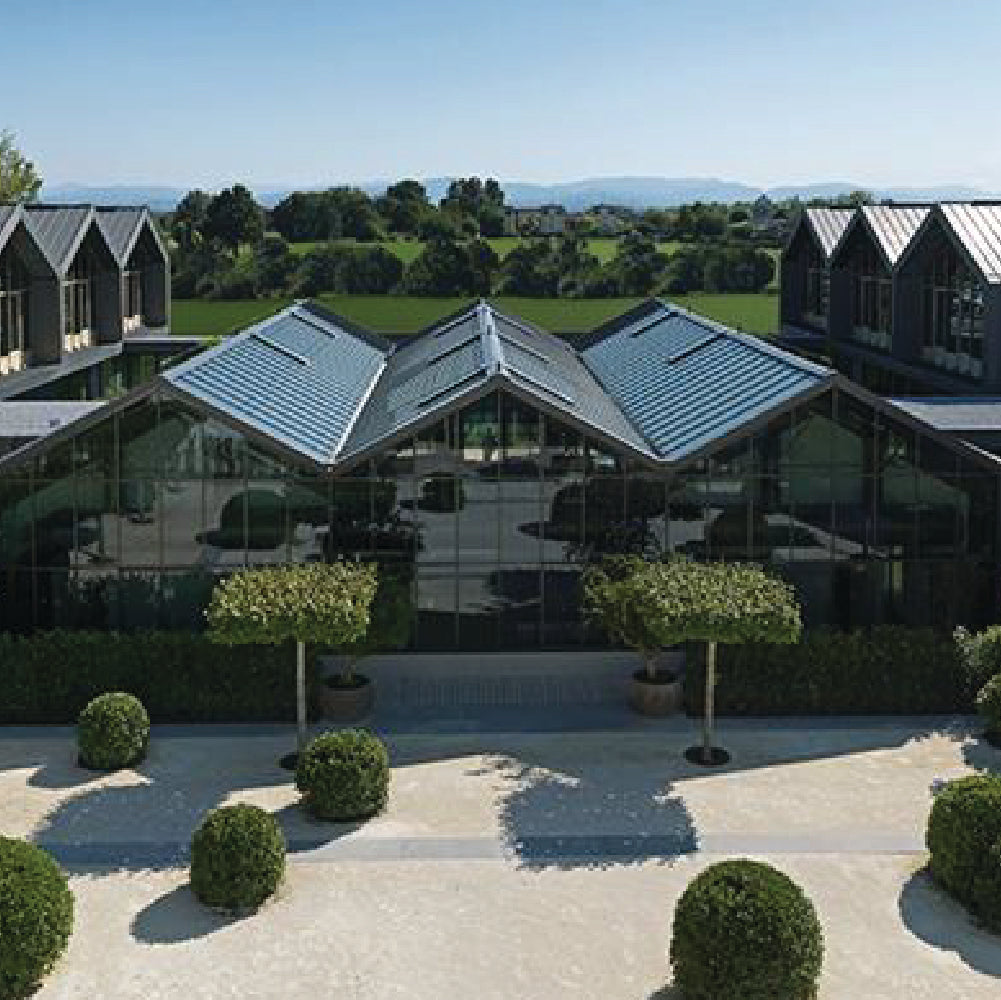
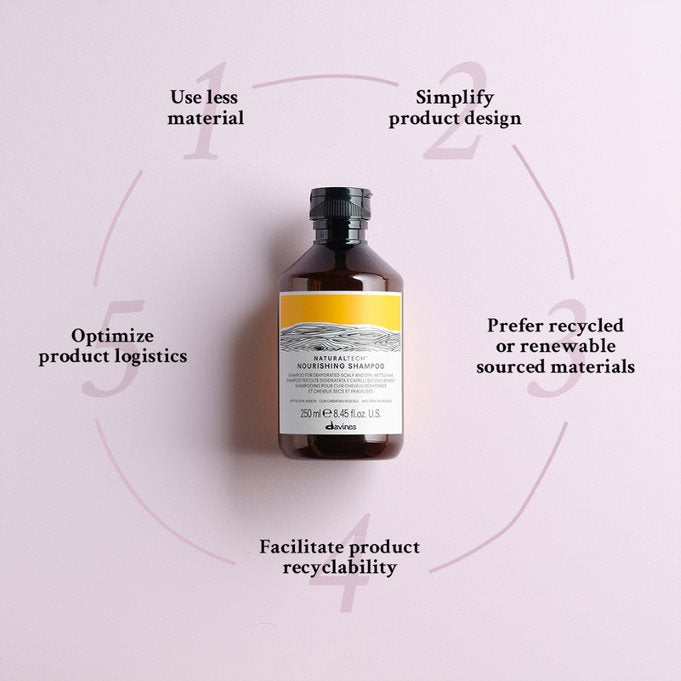
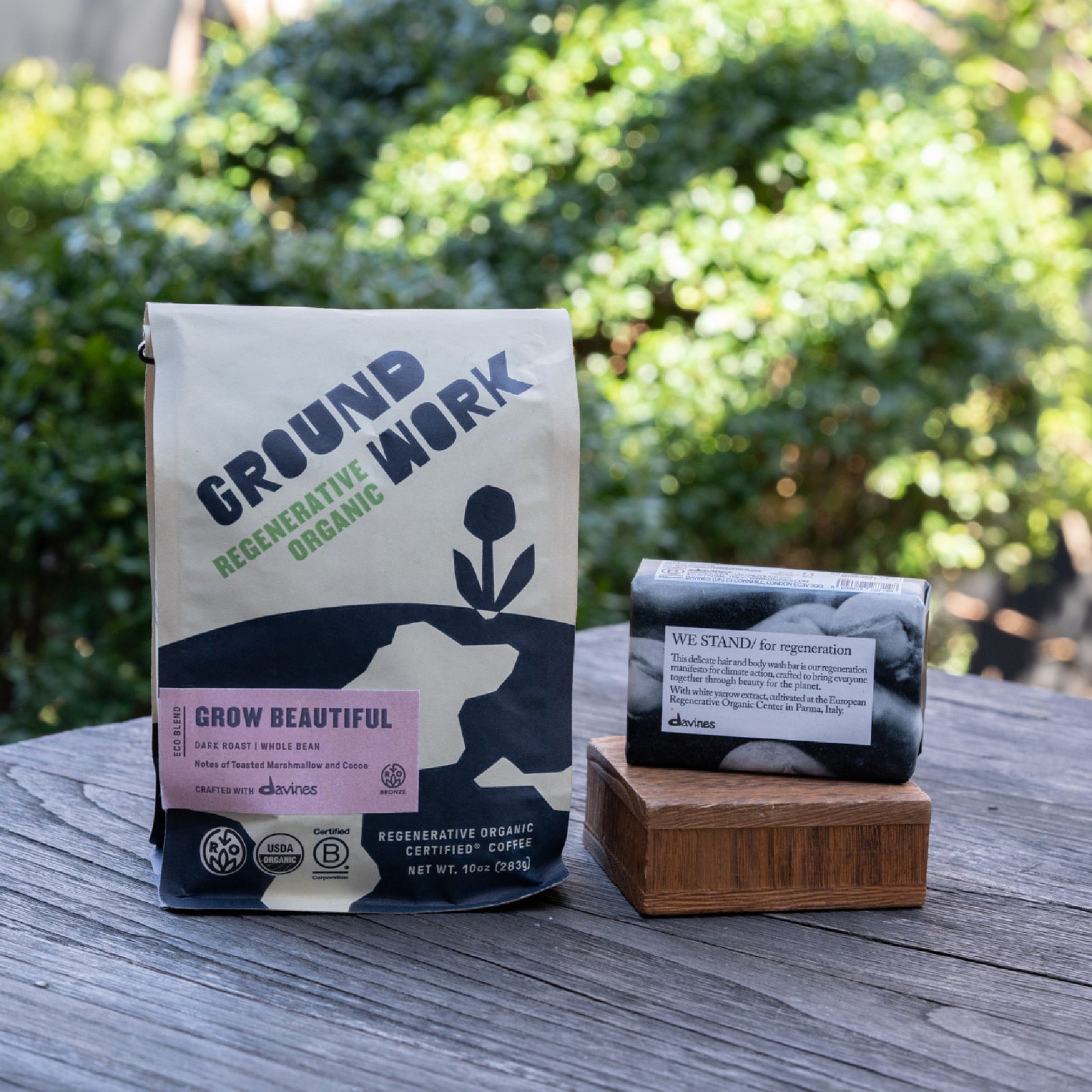
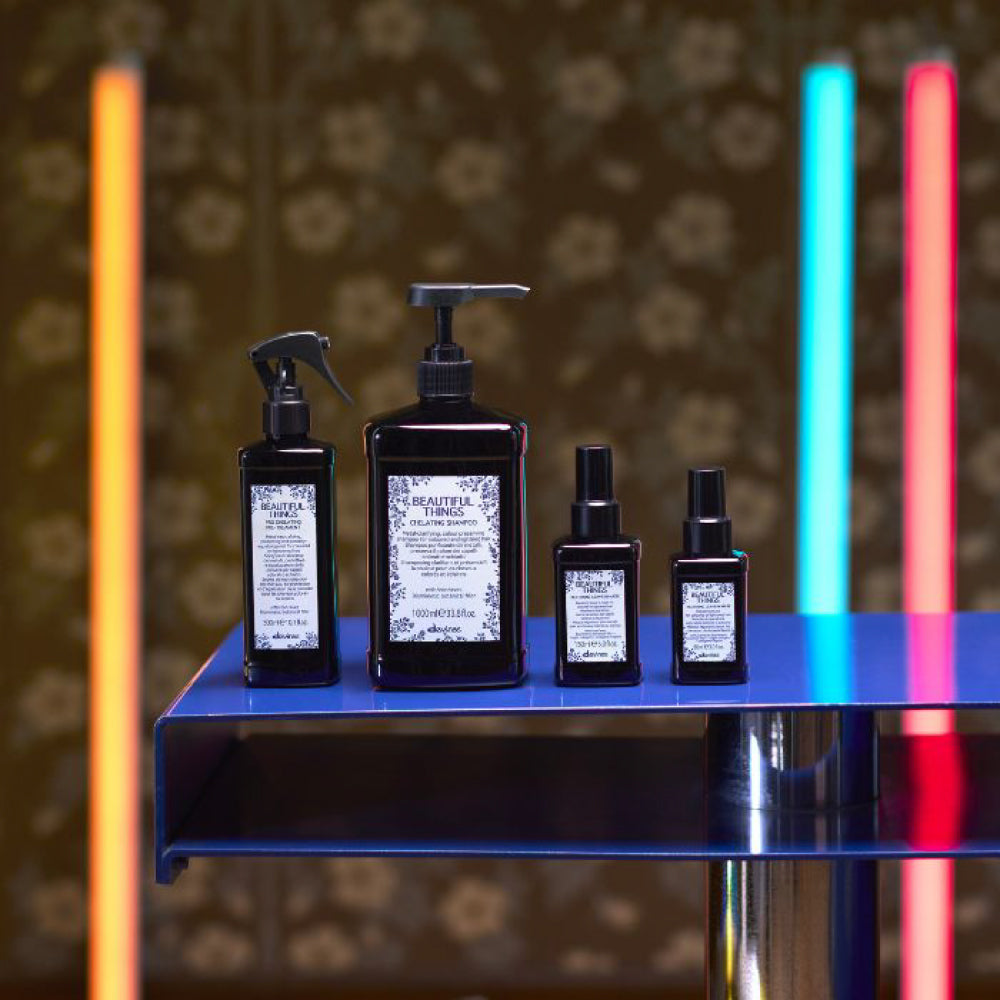
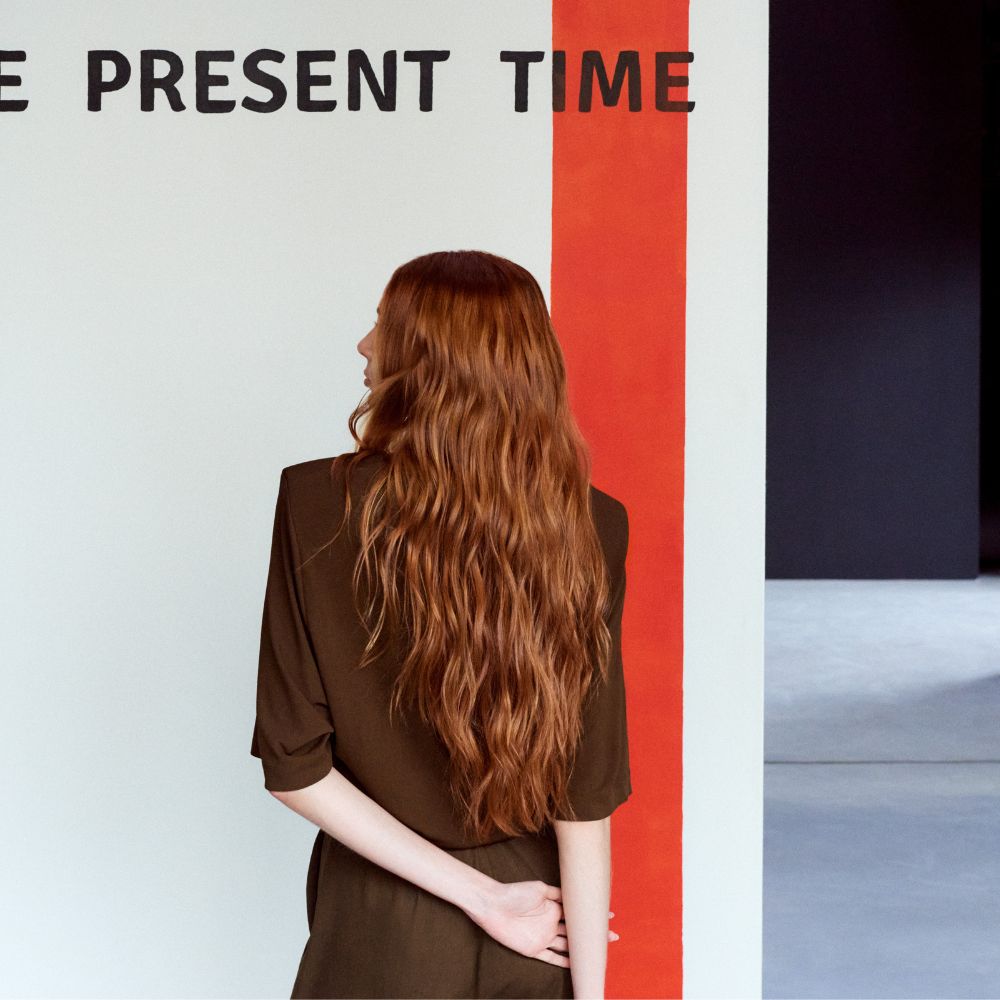
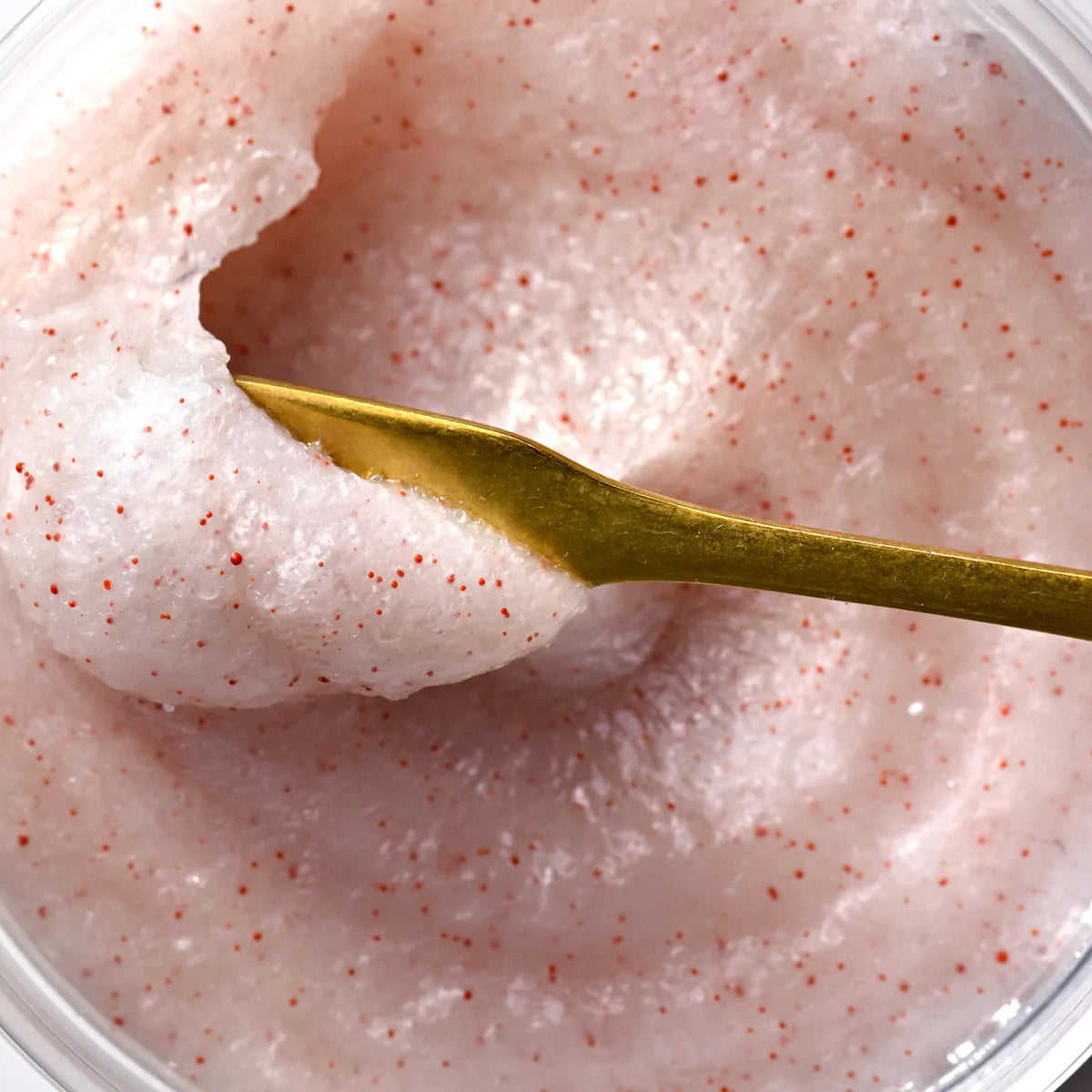
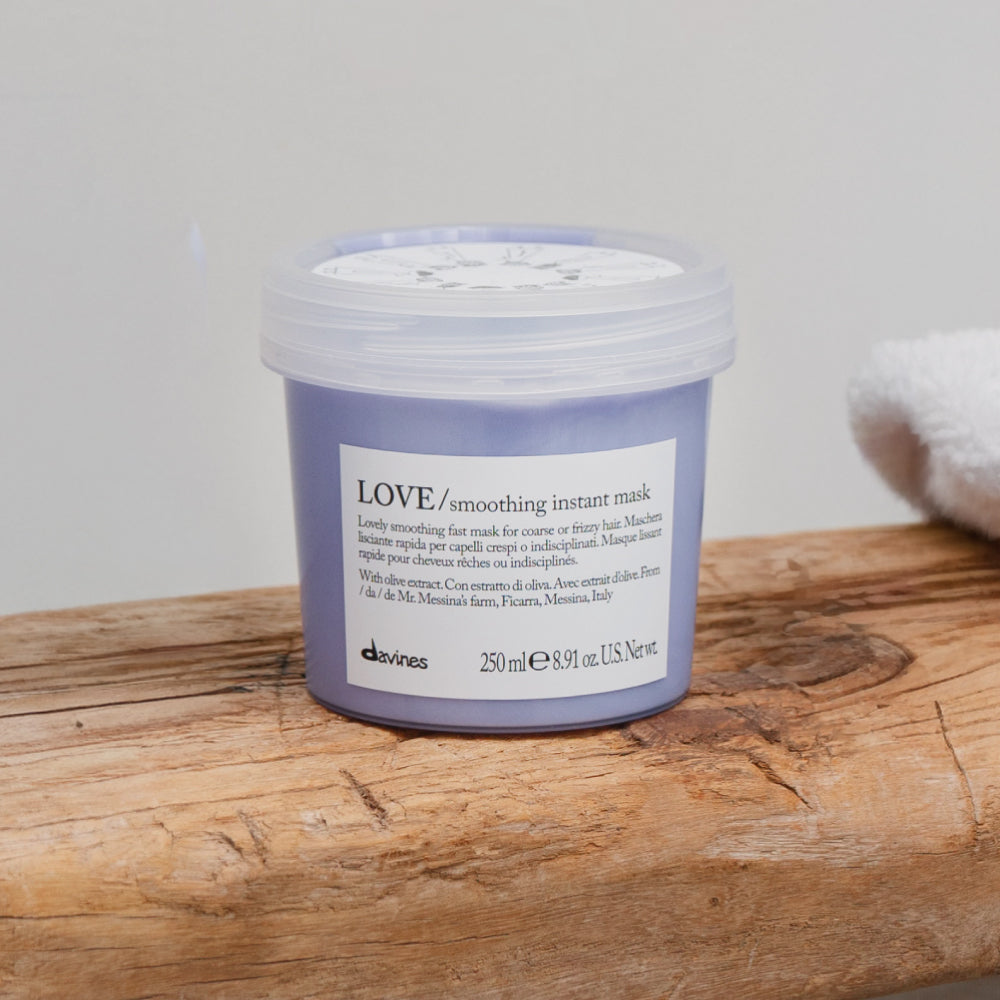

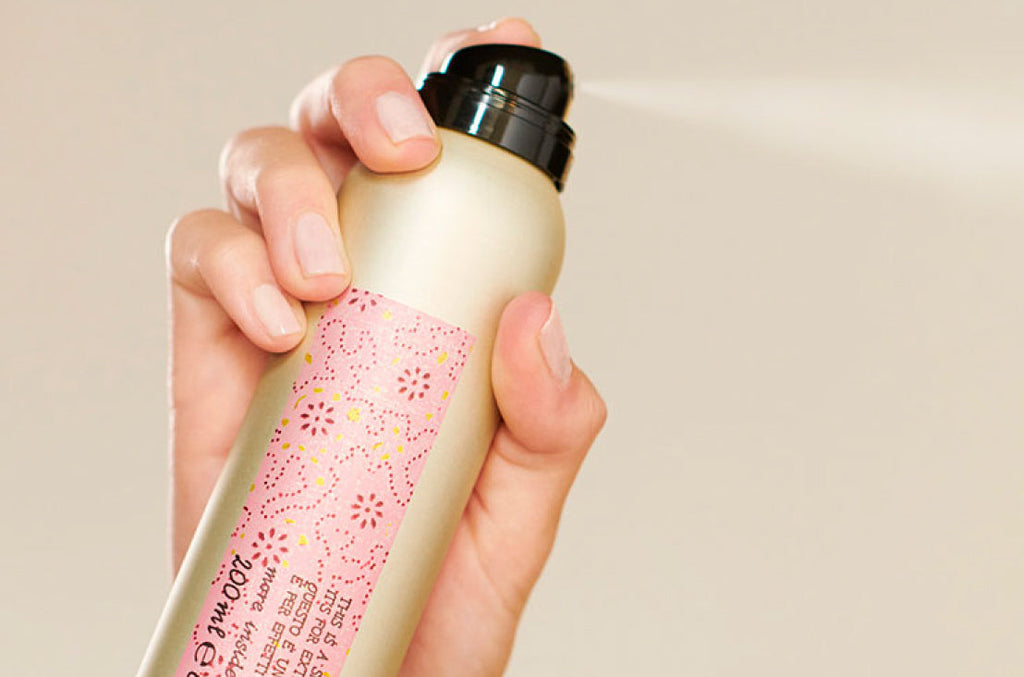
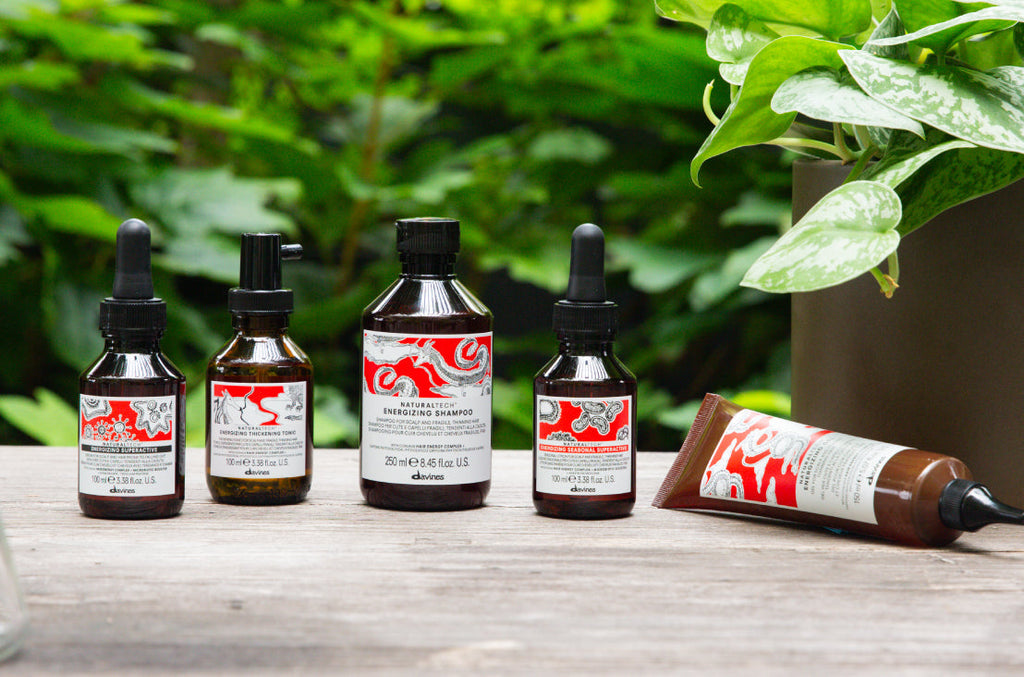
3 Comments
3 Responses
Sharon lynn
November 29, 2023
Pls recommend what products for fine, very thining hair, older adult. My salon gave me vol shampoo and daily conditioner is all. But under fine hair you have perhaps some thickening products to recommend?? Tk u
fexhhnrmx
April 16, 2021
A Step-by-Step Guide on How to Get Thicker and Healthier Looking Hair – Davines
fexhhnrmx http://www.gy7h013s42i10avlg19z09yt9qu1b1r2s.org/
afexhhnrmx
[url=http://www.gy7h013s42i10avlg19z09yt9qu1b1r2s.org/]ufexhhnrmx[/url]
Sandra
April 22, 2020
Please advise what shampoo And conditioner I should try. I have treated hair via foils. My hair naturally is a bit curly and thinner these days (hair strand) but I do have dairy healthy amount. My hair also is in good condition. I wash my hair about every five days. I use oil after wash.
Leave a comment
Comments will be approved before showing up.